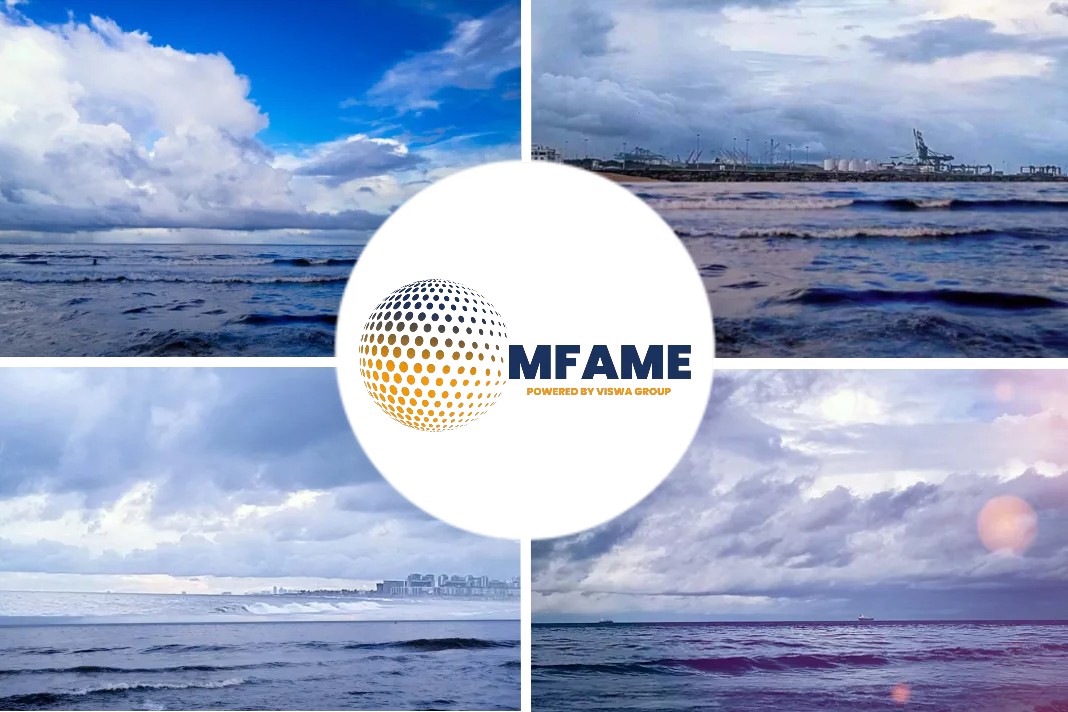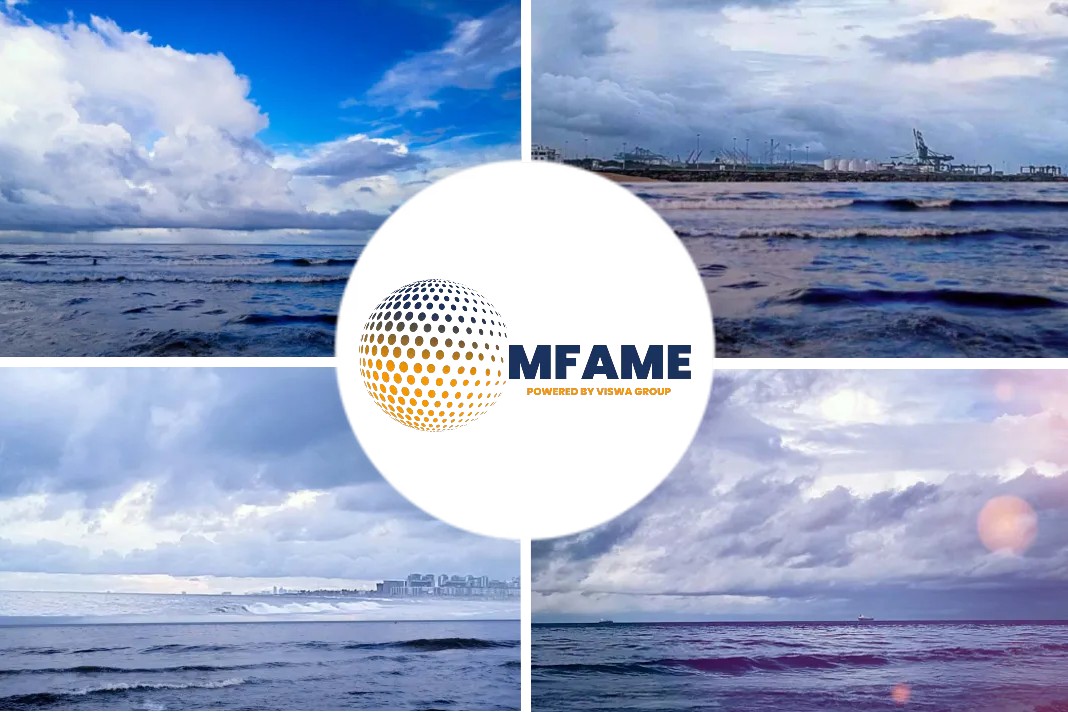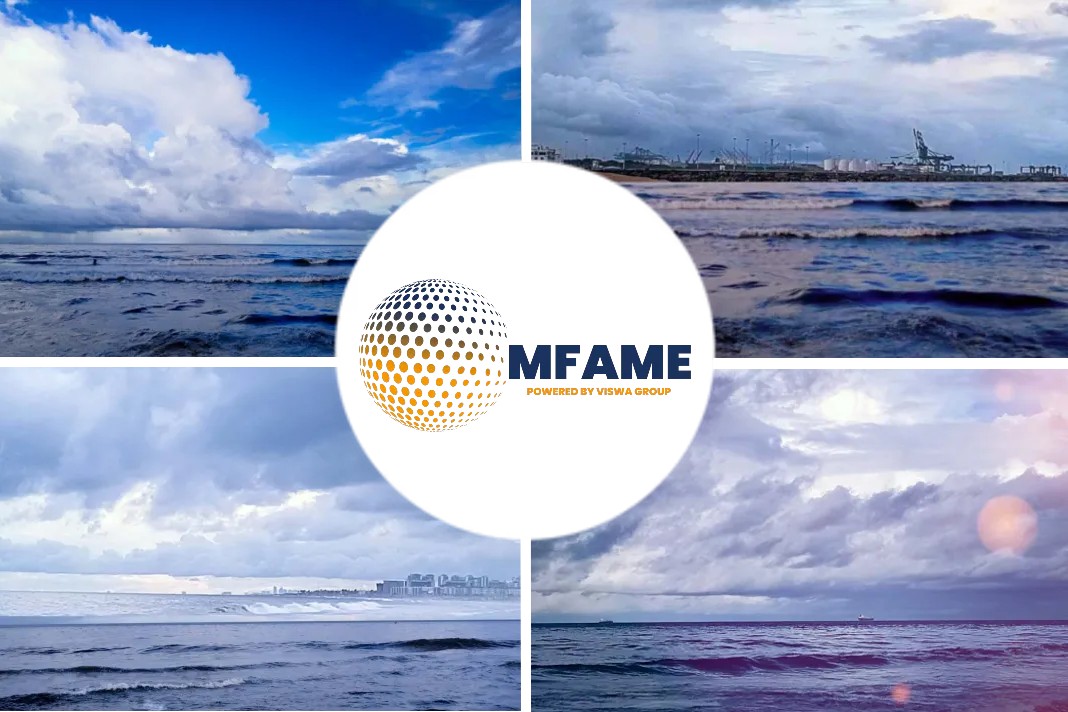Ship or boat significantly enhances comfort and rest for both crew and guests, which means individuals are a lot more rested making better decisions and more enjoyable experiences. The marine industry has a number of stabilisation systems available for a yacht or boat to eliminate ‘boat roll’.
What stabilisation systems are available?
- Passive Systems– In which no separate source of power is required and no special control system like the Bilge keel, anti-rolling tanks (passive), fixed fins & passive moving weight system.
- Active Systems– In which the moment opposing roll is produced by moving masses or control surfaces by means of power like the active fins, Anti – rolling tanks (active), active moving weight & the gyroscope.
Bilge Keel 
Bilge Keels are the most popular and fitted to the great majority of ships. They are plates projecting from the turn of the bilge and extending over the middle half to two-thirds of the ship’s length
They cause a body of water to move with the ship and create turbulence thus dampening the motion and causing an increase in period and reduction in amplitude. Although relatively small in dimension, they have large levers about the rolling axis and the forces on them produce a large moment opposing the rolling.
Anti-Rolling tanks(Active)
They are similar to the principle of passive tank system but the movement of water is controlled by pumps or by the air pressure above the water surface. The tanks either side of the ship may be connected by a lower limb or two separate tanks can be used.
In a simplified version of an active system, an accelerometer senses the rolling motions, and signals are sent from this roll-sensing device to a variable pitch pump, which controls the liquid flow between the tanks. The device can be either a simple accelerometer or a complicated gyroscopic sensing system that detects even a small angle of the roll by the gyroscopic precession.
Thus, the device can be used to control ship motion due to every single wave. Depending on the sophistication of the system active tank stabilizers have been found to leave an efficiency of 80% or more in motion stabilization
Fins
With active fins, a sensitive gyro system senses the rolling motion of the ship and sends a signal to the actuating system which, in turn, causes the fins to move in a direction such as to cause forces opposing the roll. The actuating gear is usually electrohydraulic.
The fins, which may be capable of retraction into the hull, are placed about the turn of bilge in order to secure maximum leverage for the forces acting upon them.
A flap from the trailing edge may be used to enhance the lift force generated. The capacity of a fin system is usually expressed in terms of the steady angle of heel it can cause with the ship moving ahead in still water at a given speed.
Conclusion
Stabilization system has got its own advantages & disadvantages. Therefore, more amount of effort has to be given to the hydrostatics and the hydrodynamics of the ship hull motion through the waves, so as to avoid the need for kind of roll stabilization system or to use it to its minimum.
Did you subscribe to our daily newsletter
It’s Free! Click here to subscribe!
Source: Marine insight
















